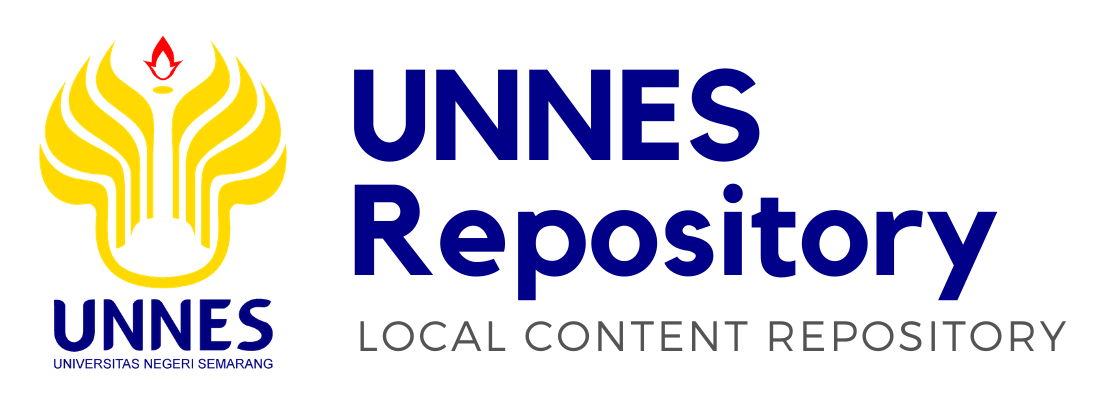THE USE OF GOTTLIEB’S SUBTITLING STRATEGIES IN SUBTITLING FIGURATIVE LANGUAGE IN NOW YOU SEE ME 2 MOVIE INTO INDONESIAN AND THE DEGREES OF SEMANTIC EQUIVALENCE
NAZALA WAHYU FEBRIANTO , 0203516030 (2019) THE USE OF GOTTLIEB’S SUBTITLING STRATEGIES IN SUBTITLING FIGURATIVE LANGUAGE IN NOW YOU SEE ME 2 MOVIE INTO INDONESIAN AND THE DEGREES OF SEMANTIC EQUIVALENCE. Masters thesis, Universitas Negeri Semarang.
Preview |
PDF
- Published Version
Download (4MB) | Preview |
Abstract
Febrianto, Nazala Wahyu. 2019. The Use of Gottlieb’s Subtitling Strategies in Subtitling Figurative Language in Now You See Me 2 Movie into Indonesian and The Degrees of Semantic Equivalence. Thesis. English Department, Pascasarjana, Universitas Negeri Semarang, Advisor: Dr. Issy Yuliasri, M.Pd. and Prof. Dr. Warsono, M.A. Keywords: Subtitling Strategies, Figurative Language, Degrees of Semantic Equivalence There are so many popular movies in Indonesia which come from Hollywood (western countries). They use English as their language. One of the movies we can find is Now You See Me 2 Movie. The movie talks about the life of magicians. Sometimes, figurative language is used inside the dialogues between the characters. Meanwhile, it is not easy for Indonesian people to understand English well because Indonesian people consider English as a foreign language. It is why subtitling becomes very important to help Indonesian people to understand about the language used in the movie. In the process of subtitling, there are several subtitling strategies used along the movie. Thus, one of the aims of this study is to explain the subtitling strategies used in subtitling figurative language in the movie and the degrees of semantic equivalence. Not only that, this study also explains the relationship between the subtitling strategies and the degrees of semantic equivalence. Then, the figurative language theory is proposed by Perrine (1997), the subtitling strategies theory is proposed by Gottlieb (1998), and the theory of semantic equivalence is developed by Bell (1991). This study belongs to qualitative descriptive research. To collect the data, the writer used transcription and a table of tabulated script. Transcription was used to transcribe all the dialogue into a transcript. Then, it was tabulated into a table which had been set. All the data was analyzed through transcribing, reading, categorizing, analyzing, interpreting, and drawing conclusion. The result showed that there were 94 utterances of figurative language. From 94 utterances, there were 9 subtitling strategies used; they were Expansion, Paraphrase, Transfer, Imitation, Transcription, Condensation, Decimation, Deletion, and Resignation Strategies. The most frequently used subtitling strategy was Paraphrase Strategy that shared 39.4%. It was used in 37 excerpts. Then, the result of Equivalent category of semantic equivalence showed that Fully Equivalent shared 42.5%, Increased Meaning shared 29.8%, and Decreased Meaning shared 7.4%. The category of Non-Equivalent showed that Different Meaning shared 16% and No Meaning shared 4.3%. The Equivalent category shared 80.8% of total 100%. It meant that overall of the translation result was mostly equivalent. For the relationship between subtitling strategies and degrees of semantic equivalence, it went back to the main characteristic of the subtitling strategies.
| Item Type: | Thesis (Masters) |
|---|---|
| Uncontrolled Keywords: | Subtitling Strategies, Figurative Language, Degrees of Semantic Equivalence |
| Subjects: | P Language and Literature > PE English |
| Fakultas: | Pasca Sarjana > Pendidikan Bahasa Inggris, S2 |
| Depositing User: | A.Md Angga Rizky Purwandra |
| Date Deposited: | 19 Mar 2020 18:35 |
| Last Modified: | 19 Mar 2020 18:35 |
| URI: | http://lib.unnes.ac.id/id/eprint/35308 |
Actions (login required)
 |
View Item |
